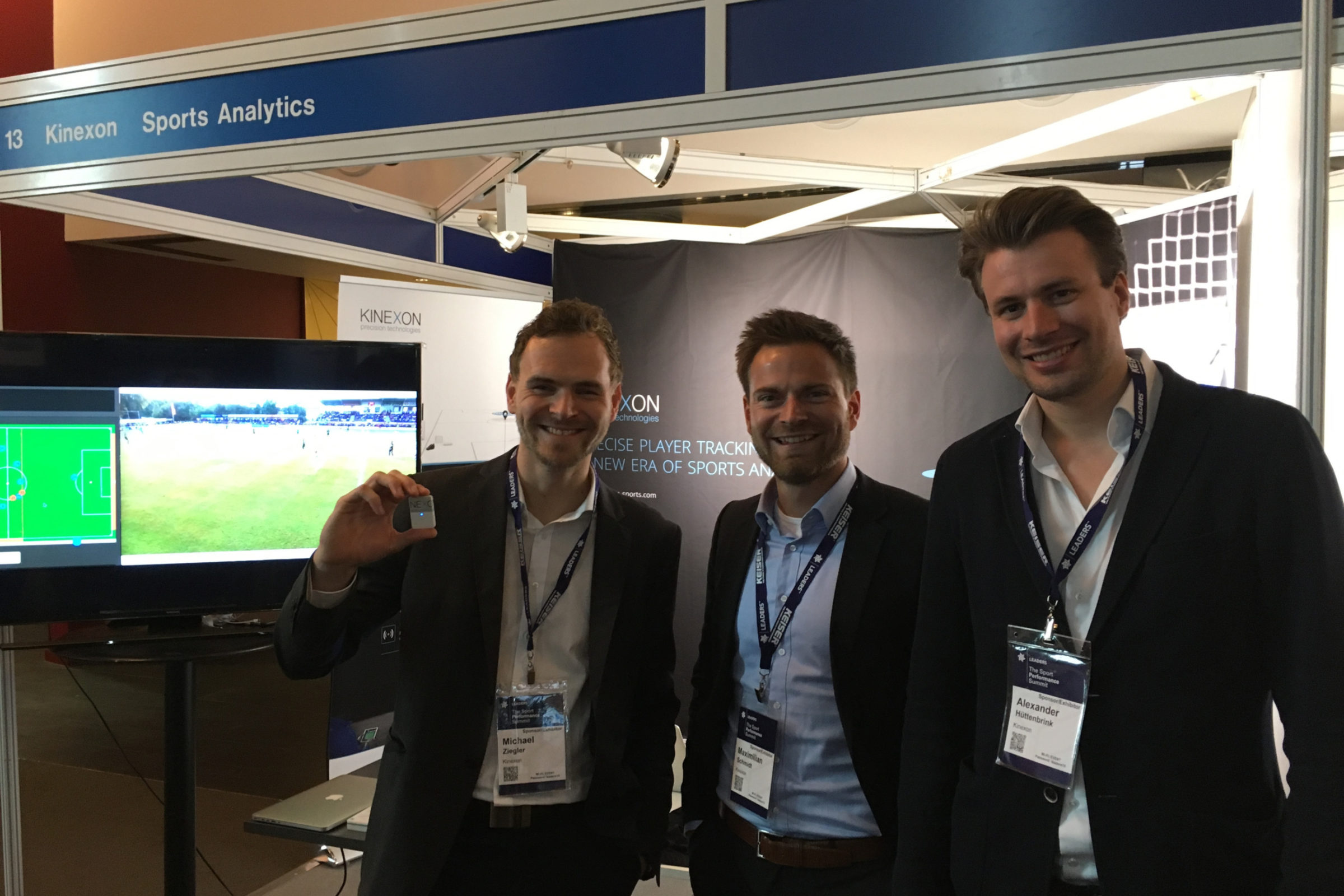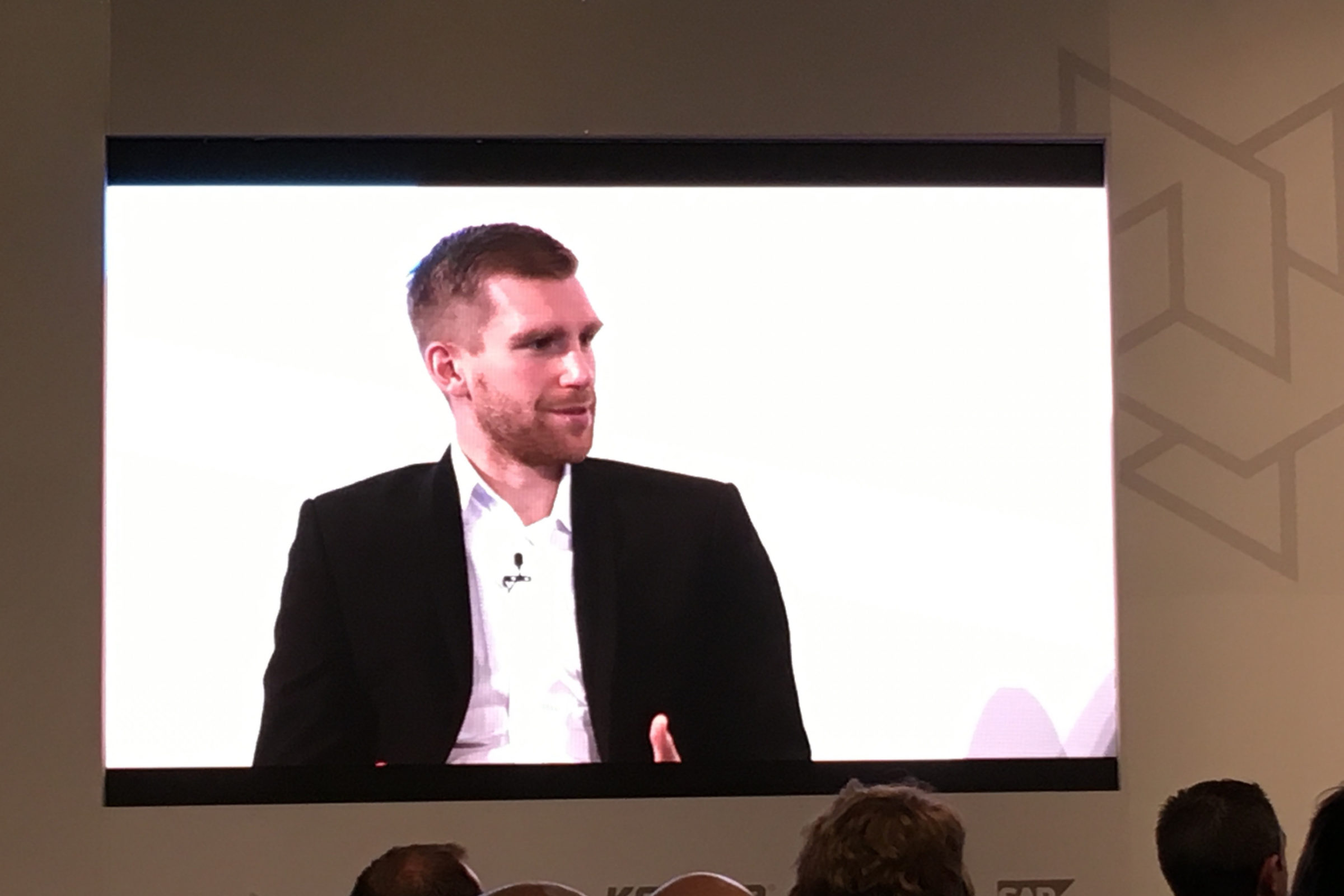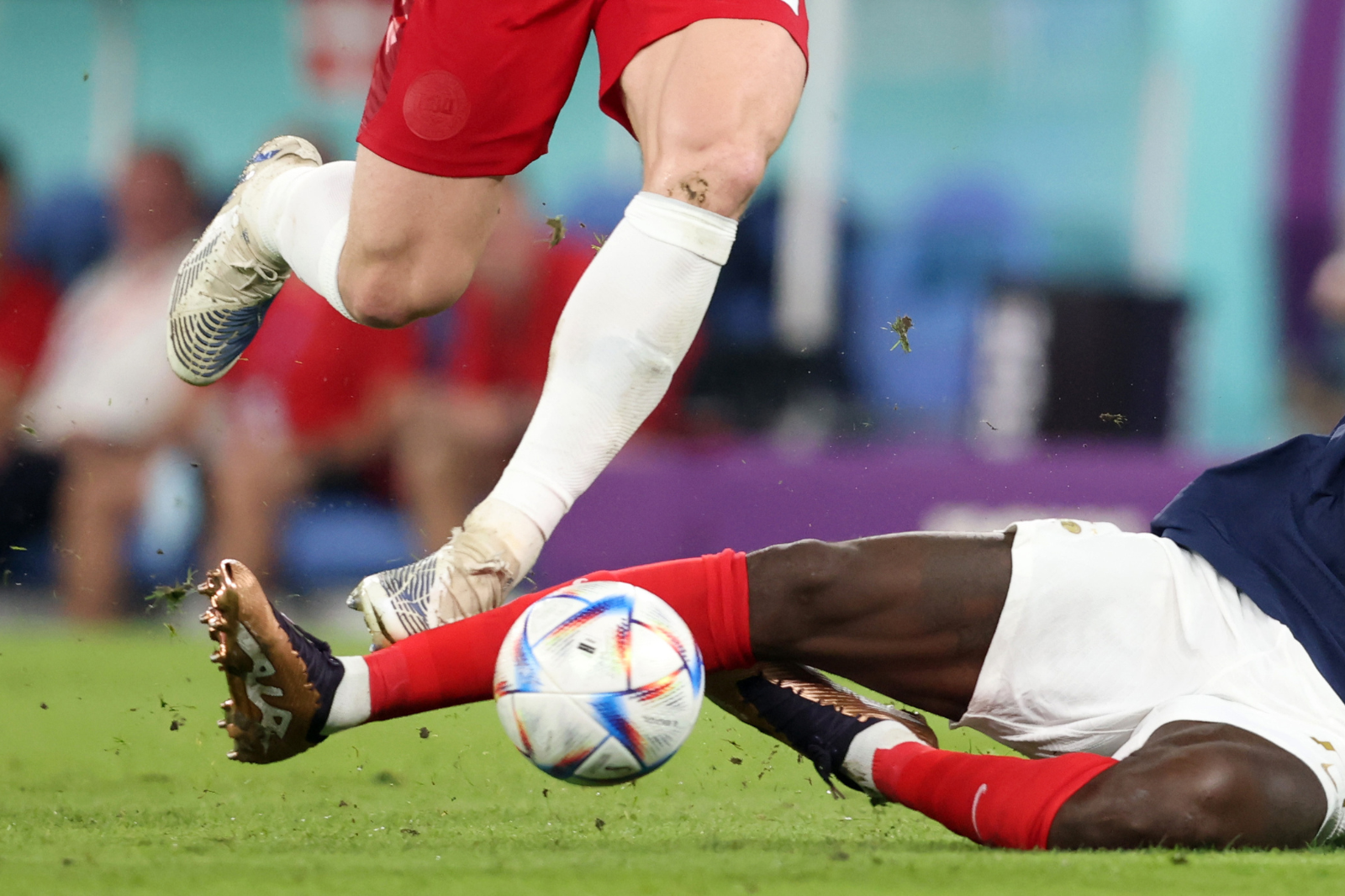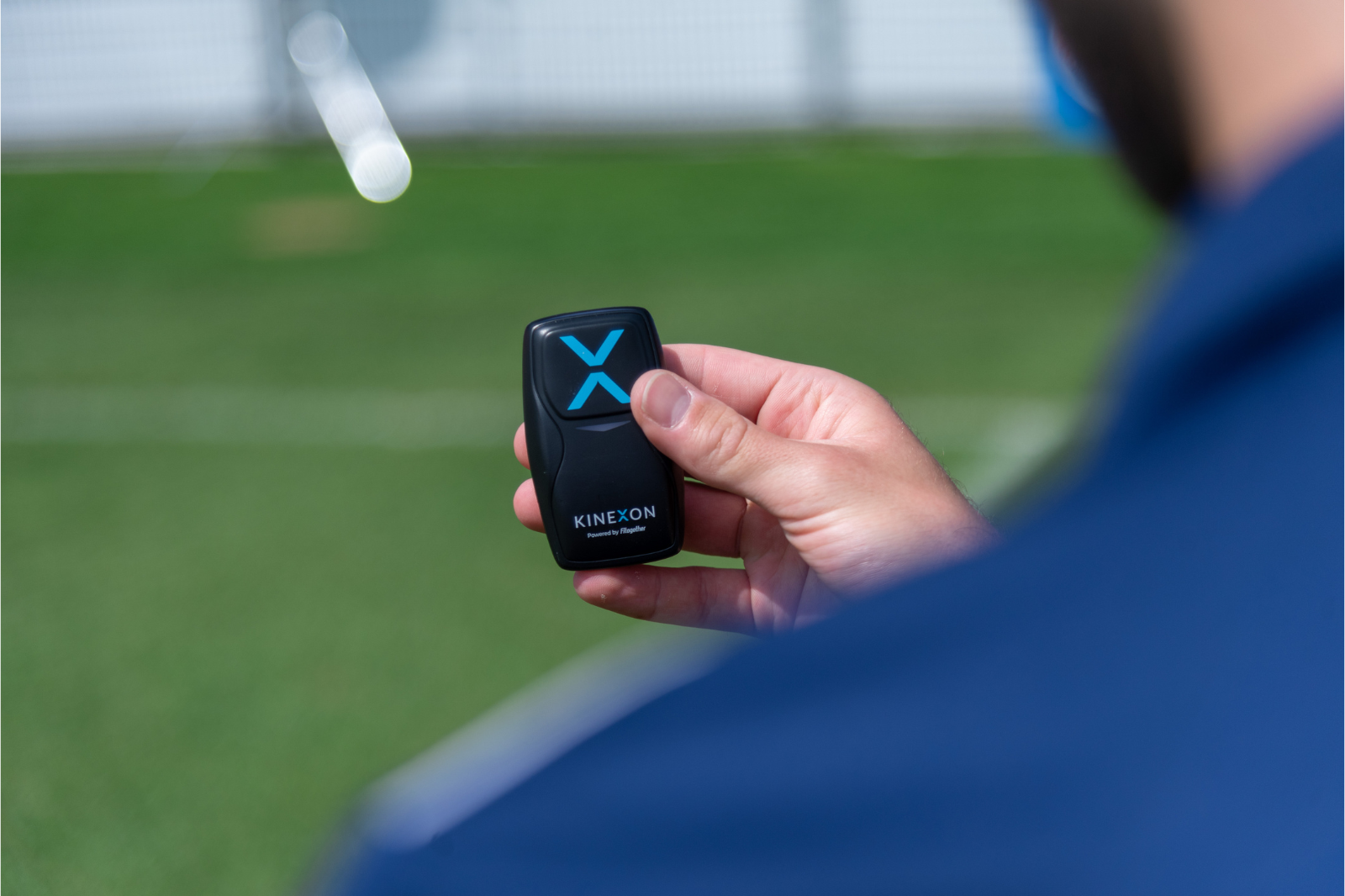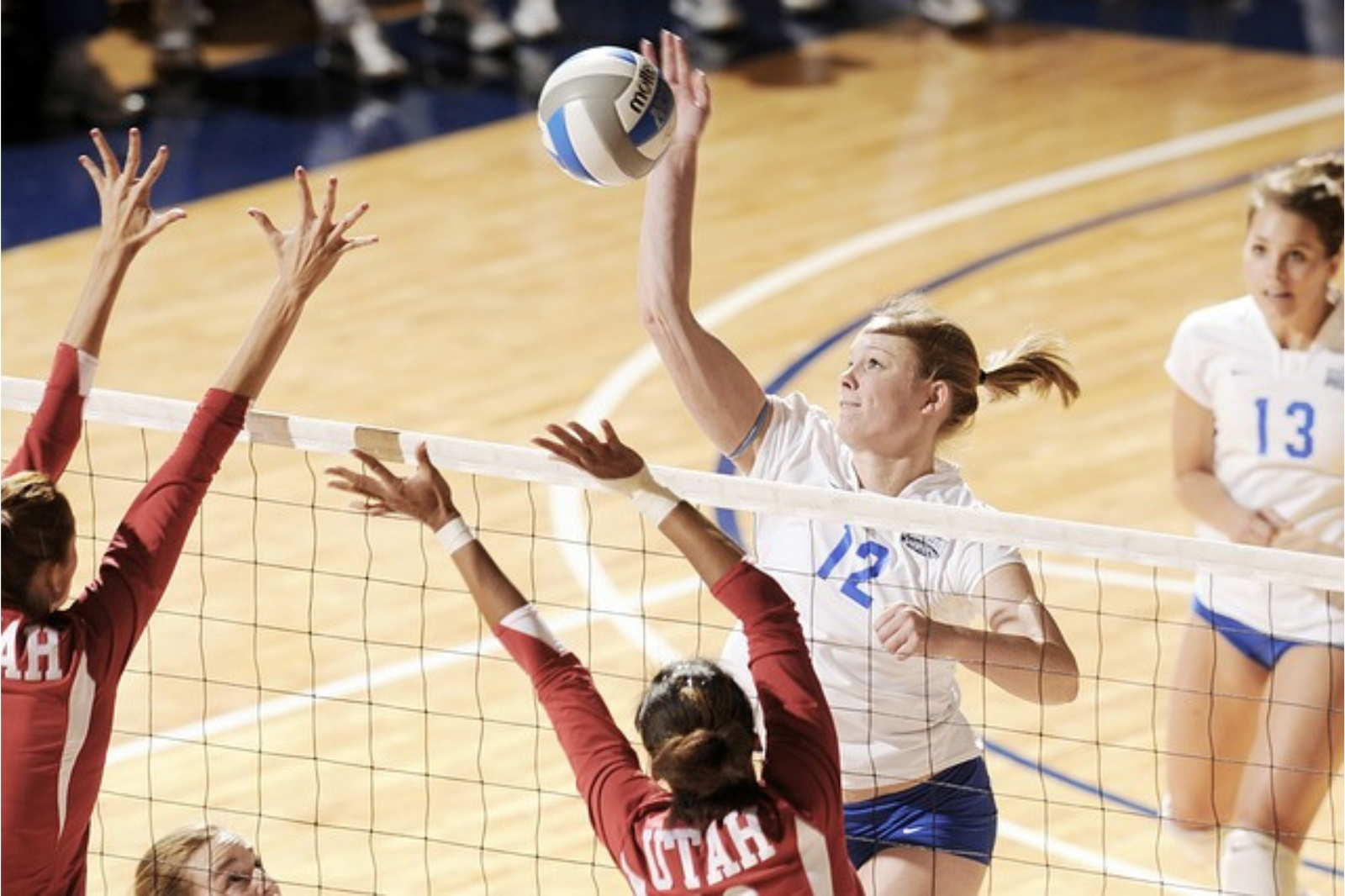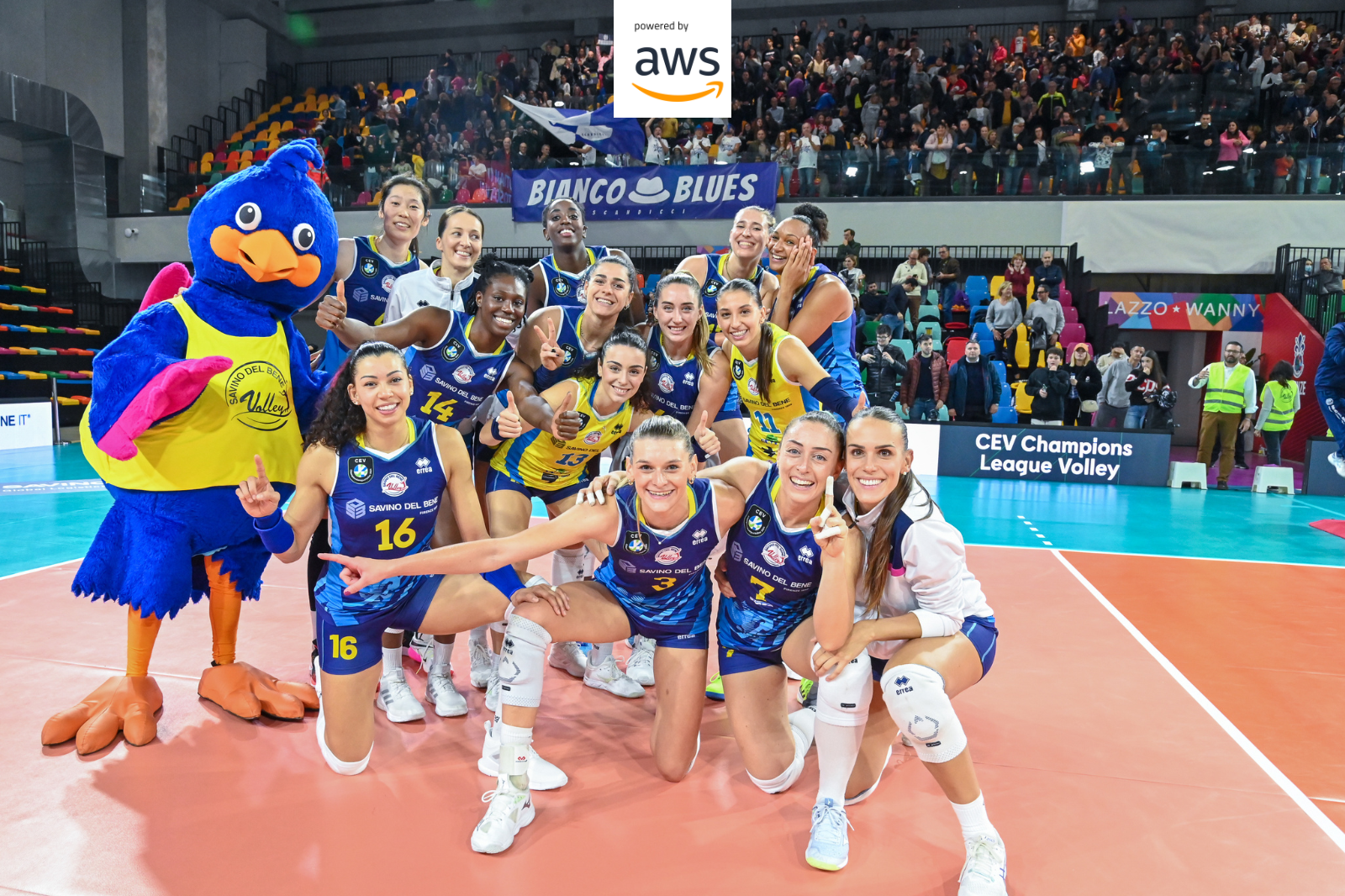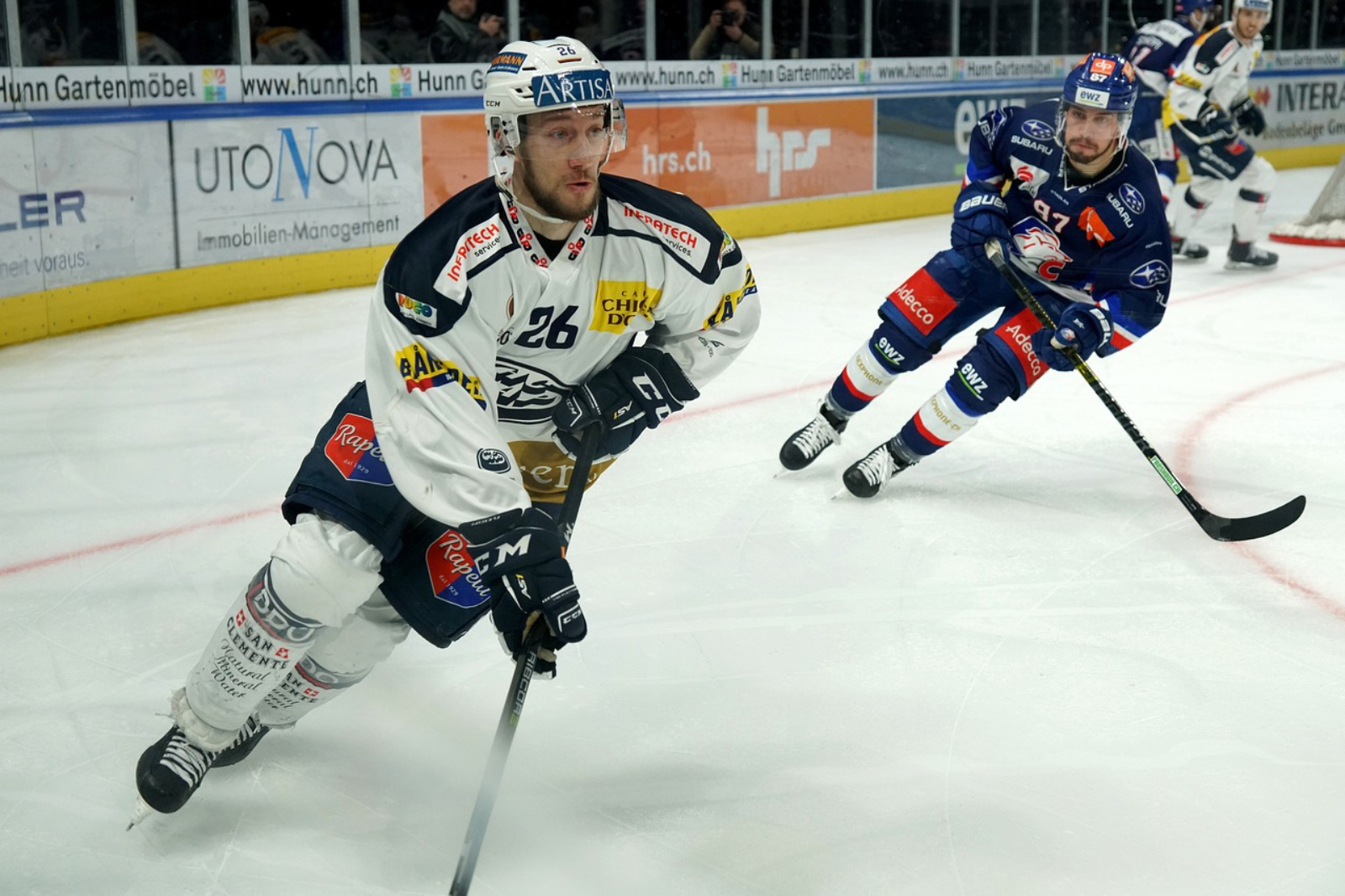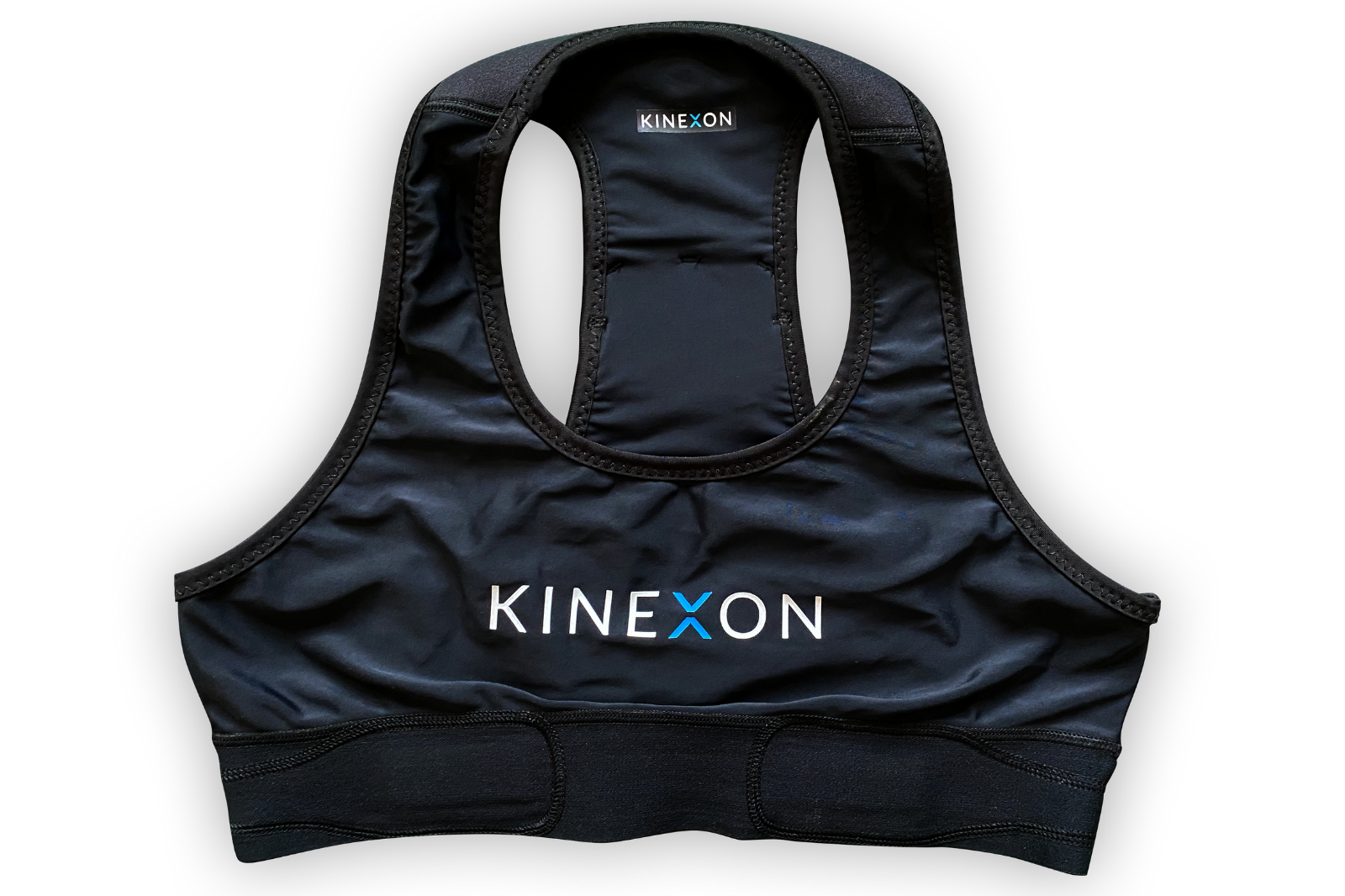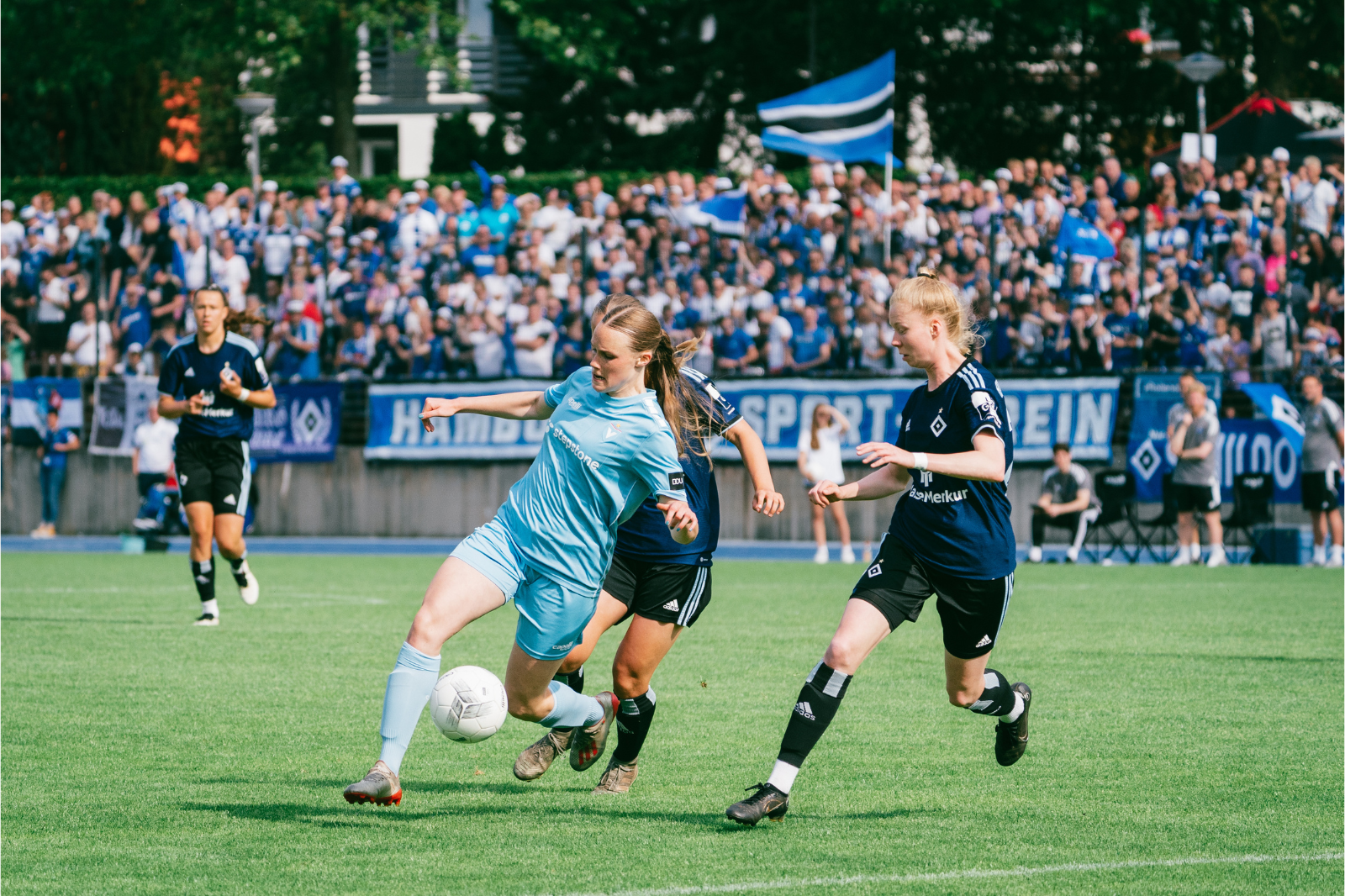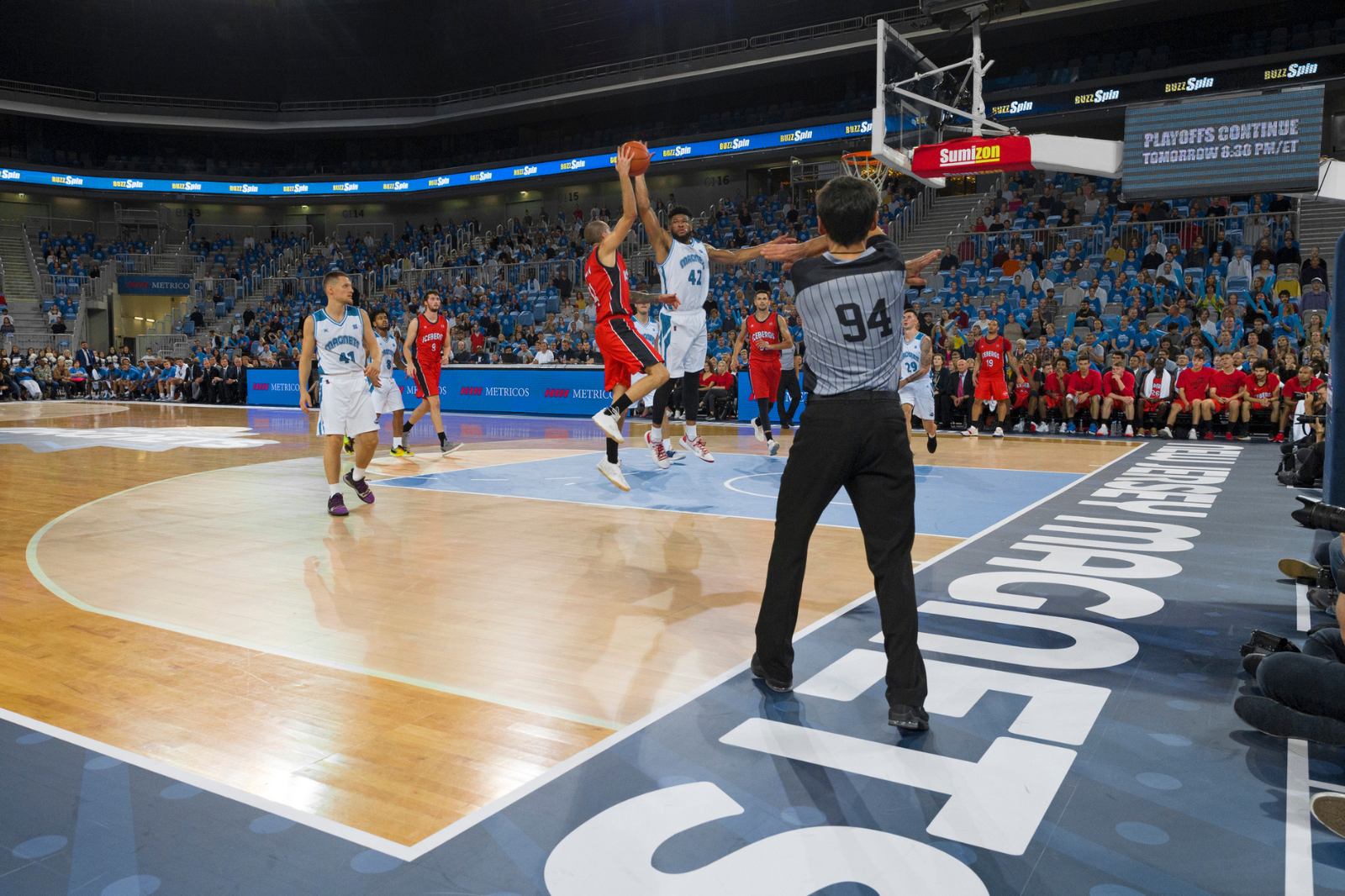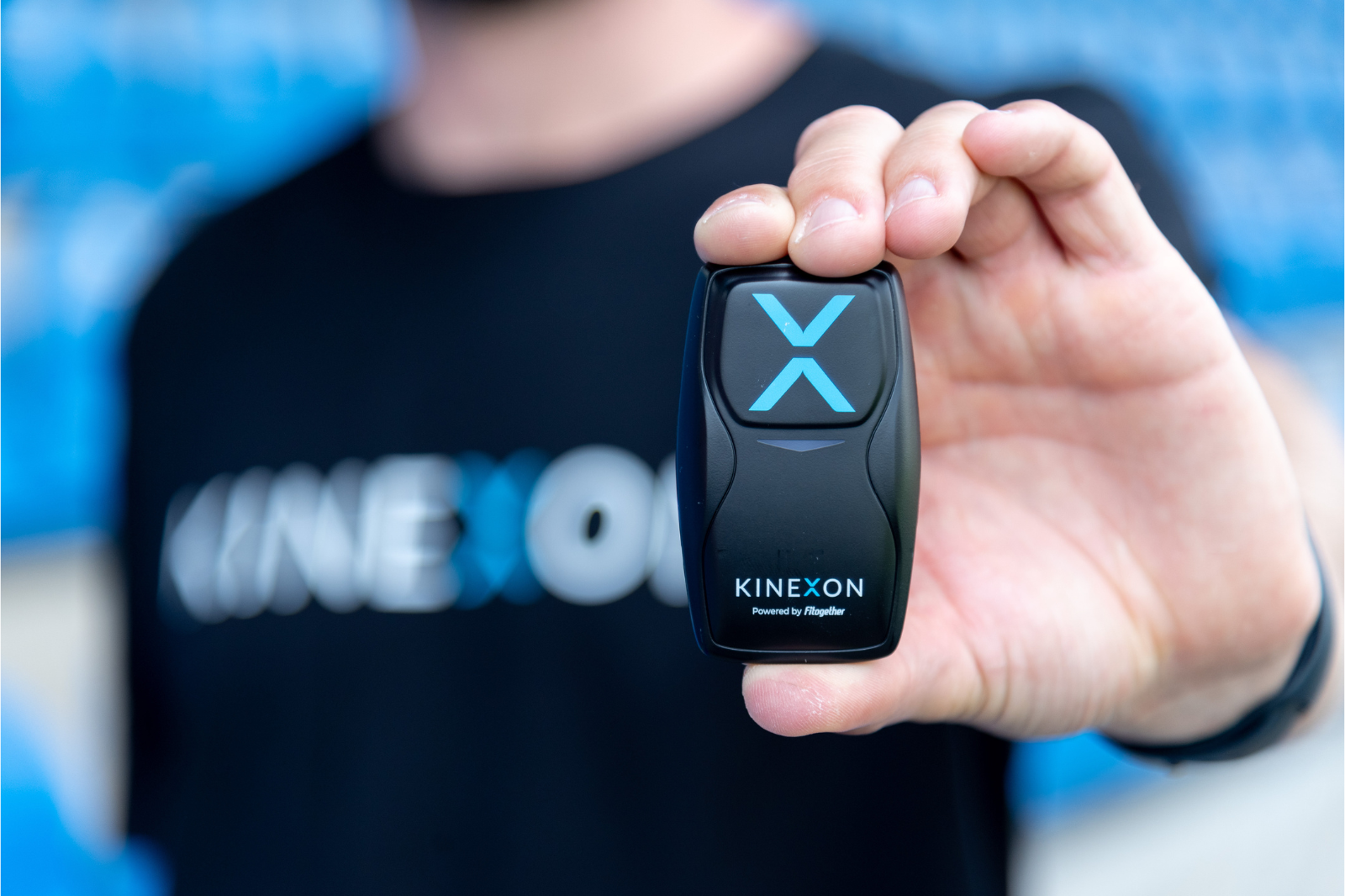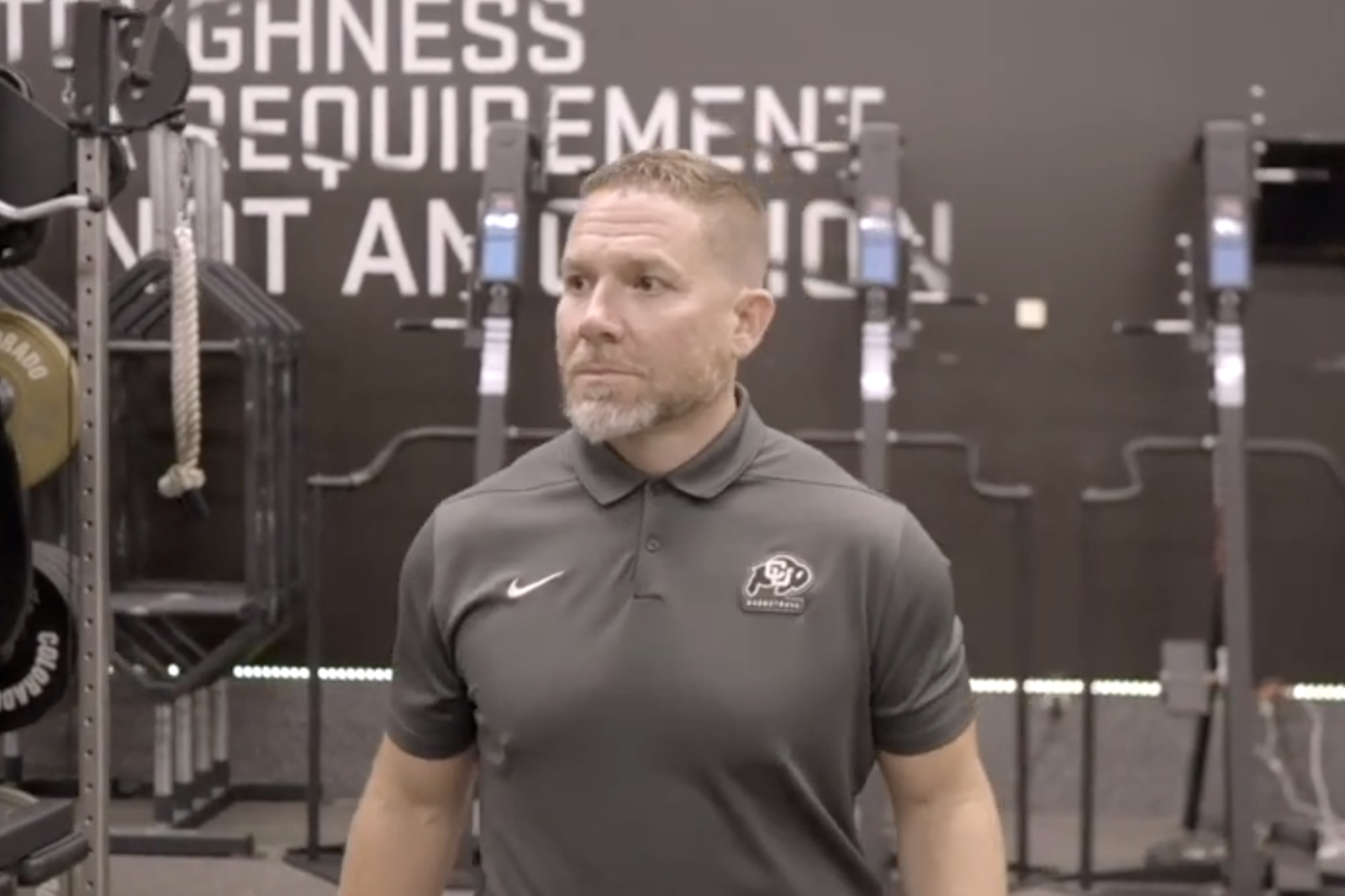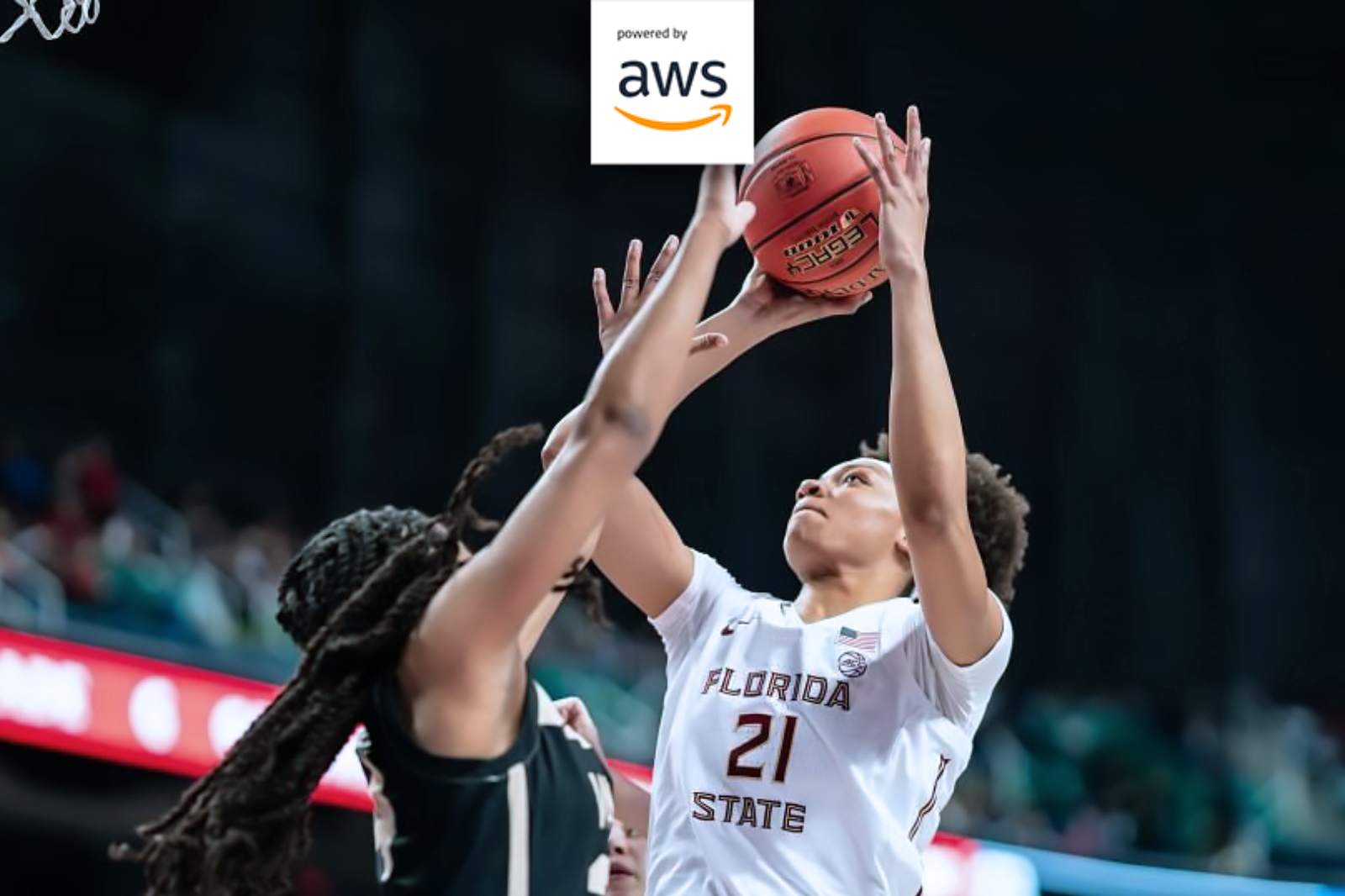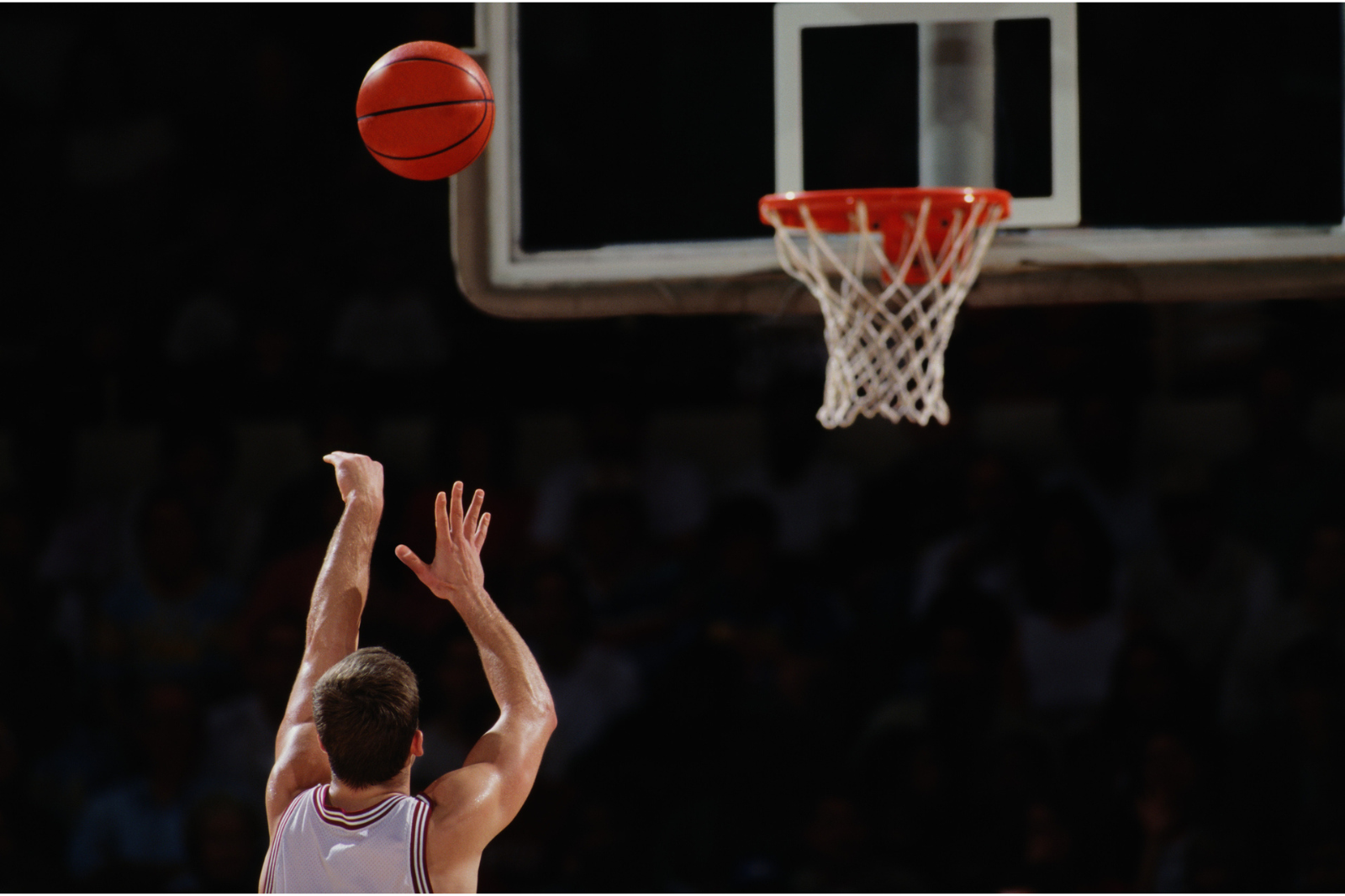Leaders London: "The market was waiting for a technology to track players so accurate"
On 10 and 11 November, the impressive Arsenal Stadium hosted one of europe’s leading sporting events: The Leaders Summit lived up to its name and invited inspiring “leaders” from professional sport — from R.C. Buford, general manager of San Antonio Spurs to the Arsenal Captain and german national player Per Mertesacker.
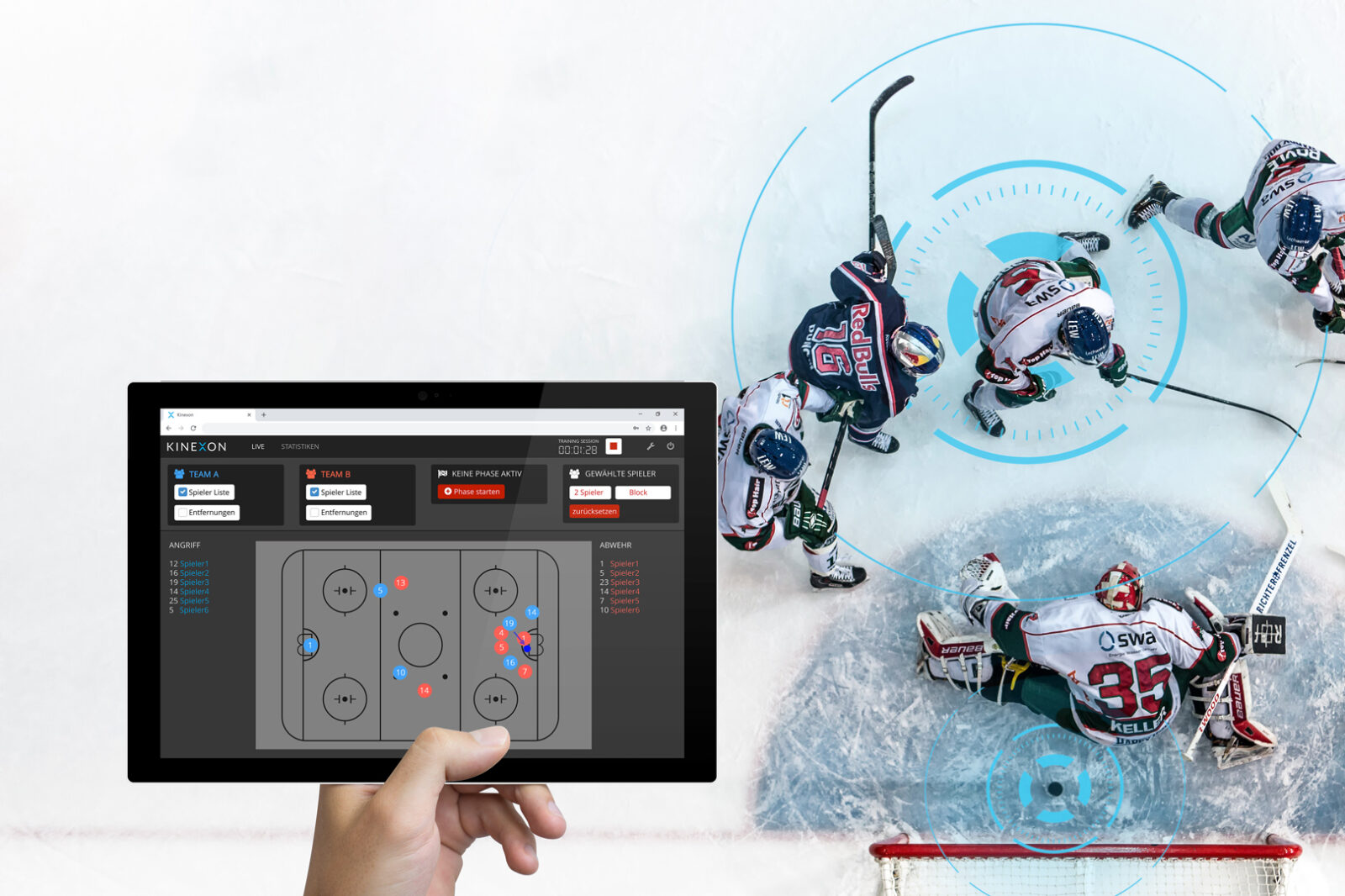
Kinexon Sports & Media was right in the middle of the “arena” in which the industry’s most influential practitioners shared insights and sparked discussions that will help shape the future of sport. “This event was truly inspirational”, said Kinexon’s Managing Director Maximilian Schmidt after two intensive days full of interesting conversations with international top clubs from all kind of different disciplines. But no matter which discipline: “Big Sports Data” and “Smart Sports Analytics” is on the tip of everyone’s tongue.
“Using analysis can help to break down the problems made, but it must be kept simple to help with player buy in”, said one of the panellists during a conversation about the Art of coaching and developing. To take talents to the next level, analytics nowadays play an important role. Automated tracking solutions could therefore contribute to identifying and evaluation talent – however, too much data could also be an overload. So this is when smart data comes into play: “Just the right amount of analysis will gain trust,” underlined one of the performance analysts. And what was said on stage was also often a topic at the Kinexon stand. “Turning these insights into smart KPIs will be an incredible value add”, emphasized an English scout who was fascinated by the Kinexon technology: “The market was waiting for a technology to track player that accurate. GPS has its limitations – now, there are more analyses possible.” Especially regarding tactical and technical development. Kinexon founder Alexander Hüttenbrink made clear that the possibility to analyse tactical performance is an outstanding difference that Kinexon has towards existing technologies: “We have worked hard to get to that point, enabling coaches to get insights that have never been possible.”
Injury Prevention in the spotlight
Aside deep dives into the art of sports analytics, the 593 delegates who came from 37 countries, also discussed about managing the health of athletes – an important point, as the top 10 leagues lose approximately 10bn USD each year due to injured players. To develop the next generation of stars, injury prevention does thus become more and more important. Again, tracking position of players can help to detect the stress load of a player, thereby reducing the risk of an injury which is often triggered by fatigue. “This is going to be one of the most important research areas of the future”, predicted a sports scientists when he took a look at Kinexon’s fatigue indizes.
On stage, US sport leaders like Terry Francona (Cleveland Indians), RC Buford (San Antonio Spurs), Howie Roseman (Philadelphia Eagles) discussed with the German “scouting hero” Michael Reschke (FC Bayern) and Arsenals German captian Per Mertesacker about the secrets of success, psychology in decisive situations, player empowerment or even how to implement a high performance psychology programme in sport. All speakers agreed that one key to improvement and success is debrief and review throughout the year – “to know when mistakes were made and not to make them again”. Technology can help to identify and avoid these mistakes. The future of sports might be played with two additional athletes: Big Data and Smart Analytics.
